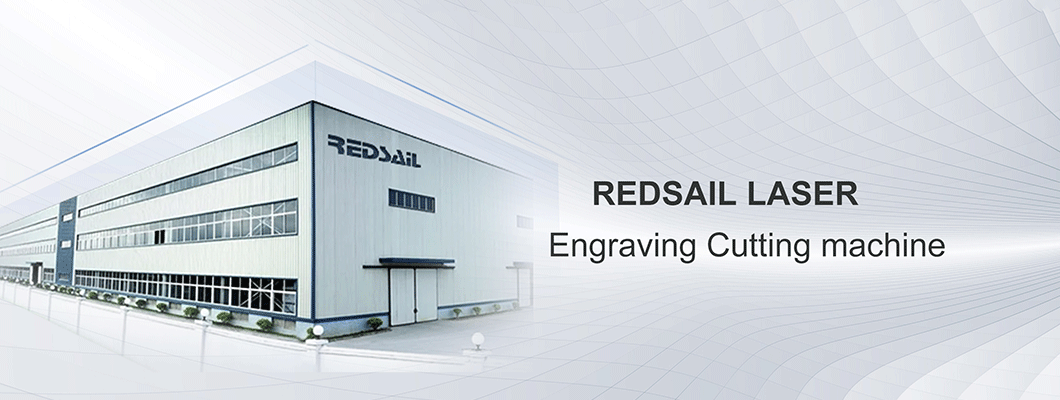
After cutting, we refer to the metal surface residue as hanging slag. Laser cutting machines generate a large amount of heat during processing. Generally speaking, the heat generated during cutting will diffuse along the cutting seam to the entire workpiece, and then the workpiece will be fully cooled. However, when cutting small hole workpieces, the outer side of the hole can receive sufficient cooling, while the inner side of the hole has a small space for heat diffusion, which is too concentrated to cause slag deposition. In addition, during the cutting of thick plates, the molten metal accumulated on the material surface during perforation and the accumulation of heat can disrupt the auxiliary airflow, resulting in excessive heat input and causing slag deposition.
How do burrs arise?
In fact, burrs are excessive residue particles on the surface of metal materials. When a laser cutting machine is processing a workpiece, the energy generated by the laser beam shining on the surface of the workpiece vaporizes and evaporates, achieving the purpose of cutting. But there is a device here that we need to pay attention to, which is gas. Gas refers to the process of blowing off the molten slag on the surface of the workpiece after the workpiece is vaporized. If gas is not used, the slag will form burrs and attach to the cutting surface after cooling. Therefore, the purity of the gas should be high, and steel cylinder gas should not be used because after two rounds of filling, the purity is not good and the gas is also wasted.
Another reason is the quality issue of the equipment itself, as well as the parameter setting factor. Therefore, when customers purchase a laser cutting machine, they need to have experienced operators debug the equipment well. So it is necessary to adjust the cutting parameters as much as possible to the best, such as air pressure, flow rate, focal length, cutting speed, etc. After multiple adjustments, relying on the parameters provided by the machine cannot cut high-quality workpieces.
If a material has burrs, it can be classified as defective. The more burrs there are, the lower the quality naturally.
How to solve it?
After the occurrence of slag sticking during cutting, first identify the reasons from the following points, and adjust them to solve the problem of slag sticking.
1. Insufficient laser output power
When cutting thick plates, the power is not sufficient to melt the entire plate. If the power can still be adjusted, the power can be increased to continue testing whether it can be cut off. If the power has been adjusted to its maximum, a higher power laser needs to be replaced.
2. Deviation in laser beam focus
If the focus is too close or too far, it will affect the cutting quality and can only be adjusted through inspection, based on the offset position generated.
3. Insufficient pressure of auxiliary gas
The auxiliary gas can blow off the slag during cutting and cool the Heat-affected zone during cutting. If the air pressure is too low, it can cause the residue to not be blown out of the workpiece or the workpiece cannot be cooled in a timely manner, resulting in the formation of slag. Adjust the air pressure to the appropriate level.
4. Cutting speed too fast or too slow
The cutting speed of laser cutting is too fast, which can lead to the inability to cut the workpiece in a timely manner. The cutting surface will form diagonal stripes, and there will be slag hanging in the lower half area. If the cutting speed is too slow, excessive melting will occur, causing the overall roughness of the cutting surface, widening of the cutting seam, and slag hanging in the upper part.
The above is the reason why laser cutting machines leave residue on the metal surface after cutting. We can adjust the equipment based on the above solutions to achieve better cutting results.

Leave a Comment